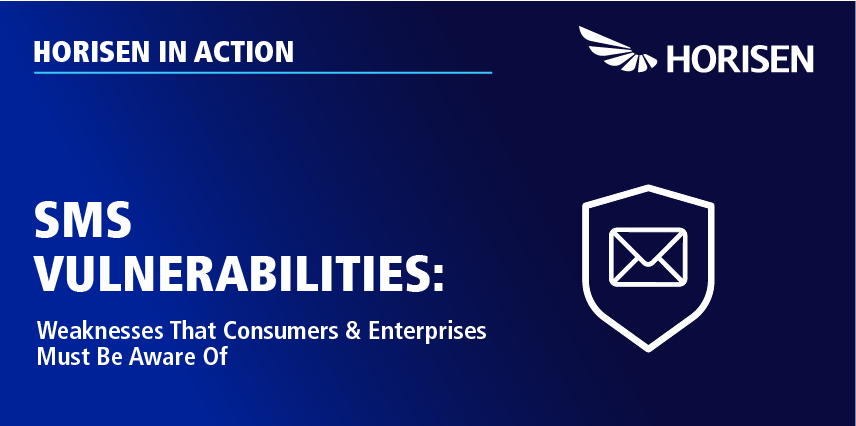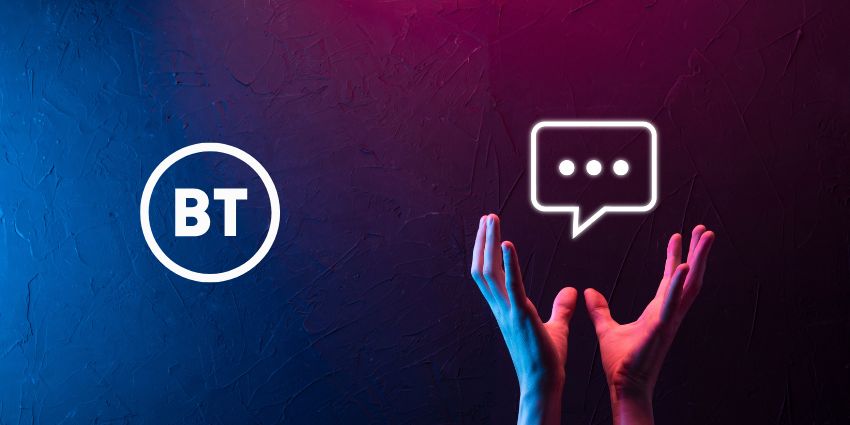Remember the dawn of the iPhone? In a matter of months, hundreds – if not thousands – of products became almost obsolete.
Physical dictionaries, notepads, mp3 players, calendars, maps, pagers, and satnavs are just a few of the many products it replaced.
After working with GPT for the last “two to three months,” Ben Rigby, SVP, Global Head of Product & Engineering: AI, Automation & Workforce at Talkdesk, believes it has similar potential in reimagining many of today’s technologies.
“In one fell swoop, it will wipe out much of what has come before it,” he said. “It’s just a matter of time.”
Where will it make its presence felt first in the contact center? Conversational analytics and virtual agents (VAs).
ChatGPT Reimagines Conversational Analytics & VAs
Organizations that use AI in their contact center have spent years training natural language processing (NLP) models to assess their customers’ intent, sentiment, phrasing, and much more. By doing so, they can create more personalized experiences for their customers.
GPT wipes away much of that model building and training. Why? Because it doesn’t need to be trained.
“You can ask GPT to extract intents and entities, give it a paragraph, give it a transcript, and it extracts them all out,” said Rigby.
“We spent hundreds of hours engineering this kind of stuff, GPT just does it all out of the box.”
The SVP also explained how GPT can assist a worker in finding the key data points within a haystack of words, likening the GPT-enhanced process to a “cakewalk.”
Additionally, GPT can help with custom data charting, graphing, trending, routing, auto-call summarization, and more.
Rigby also noted that for the past 15 years, companies like Talkdesk have developed custom AI models for these use cases. “You can still use your old custom models, but GPT is likely to do it as well or better,” he added.
Recognizing this, Talkdesk has just launched call summarization, which integrates GPT services into its NLP systems. This feature automates post-call processing for agents, harnessing the generative AI solution’s capability to summarize and classify conversation transcripts.
Yet, the go-forward plan expands far beyond such a use case and into the realms of conversational AI and automated customer support.
Excited by this opportunity, Rigby added:
“We have an existing product where virtual agents handle calls automatically, and we’re wrapping in GPT features into that ecosystem.”
With these advancements in conversational analytics, Talkdesk plans to also supercharge more of its agent-assist, performance management, and employee collaboration tools.
By reacting to the advent of this powerful generative AI with such speed, Talkdesk may cement its leader status within the contact center space, which the 2022 Gartner Magic Quadrant underlines.
GPT Changes Low-Code Software Development and Deployments
Beyond its ability to transform NLP models within contact center AI solutions, GPT will profoundly impact CX by allowing businesses to build custom solutions differently.
Think of self-service portals, online storefronts, and assistive AI. Tech providers typically offer clients low/no-code ecosystems to develop such offerings.
These ecosystems have greatly simplified many digital transformation initiatives in recent years, thanks to drag-and-drop navigation for simpler content creation.
Yet, GPT could go one step further and provide an even easier alternative. Indeed, businesses may engage with GPT-powered tools about what they want, and it’ll generate it for them.
Of course, there are many considerations for vendors before they reach that stage, with open APIs and integrations still very much part of the equation.
“Low code infrastructure is interesting,” said Rigby. “If you build out a low-code infrastructure, you then have all the APIs behind the UI. This is the thing that hasn’t changed, the need for a really robust and rich set of open APIs and integrations to third-party systems.”
According to Rigby: “That’s an area; how do we take what we built in low-code and make it operate via systems of prompts.
“It’s about figuring out: how do we get the right output from GPT? It’s not entirely predictable. How do you make it exactly predictable every time, so you get a great output?”
Those that engage in prompt engineering and can crack that code are the most likely to remain relevant, and GPT begins to transcend CX tech.
Reacting to GPT in the Call Center Space
Concluding the exclusive conversation, Rigby explained that GPT could bring tremendous value to CCaaS clients at all levels.
He said GPT could provide a “great advantage to contact centers just getting started with AI” because it levels the playing field and “makes it easy to get good results fast.”
While the full scope of GPT is uncertain, the upwards trajectory of the emerging solution is unmissable. Rigby noted, “When you’re on the exponential curve of something, you can’t imagine how fast it’s moving, because your historical experience is not a good guide.
Check out all of Talkdesk’s latest AI innovations by visiting: www.talkdesk.com/contact-center-platform/ai/







